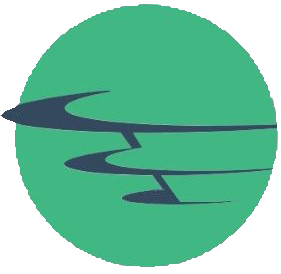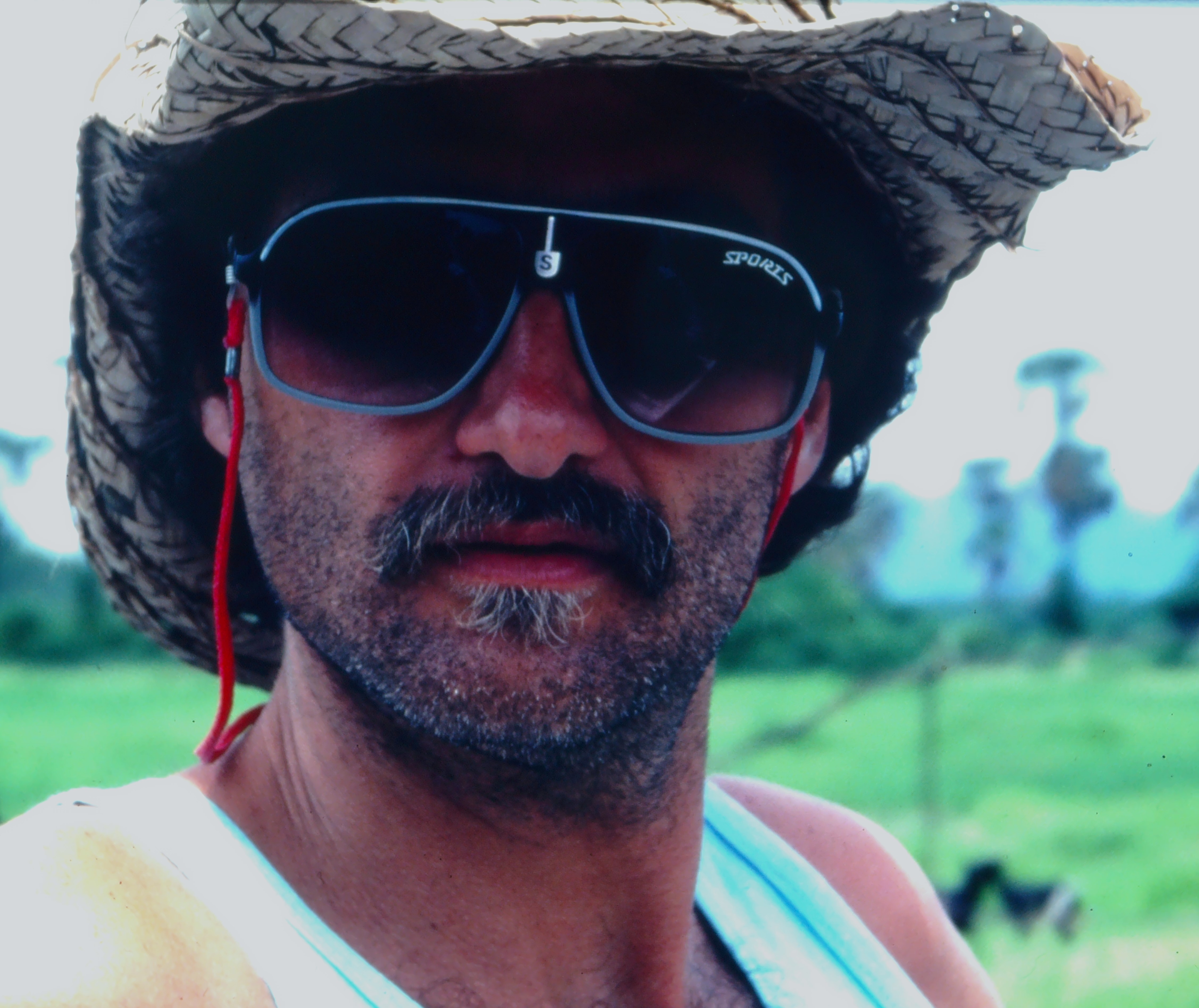
Scale is one of the most controversial aspects of aquaculture today playing a central role in political and regulatory obstacles, especially in common property resource areas.
Conventional scaling models for aquaculture businesses move quickly from a pilot scale to phase 1 then forecast commercial viability. Too often aquaculture feasibility studies for scaling up use simple arithmetic scaling to justify viability, stating, for example, “if we can produce “x” kg/cubic m at the pilot scale, then a production of “y” is predicted by multiplying by thousands of cubic meters at a larger scale”. The reality is that many proposed aquaculture companies never reach the intended scale proposed in feasibility studies without large non-secured investments and government subsidies.
Two problems undermine efforts to achieve scale in aquaculture development. First, poor transdisciplinary conceptual clarity and methodological approaches on what aquaculture scaling requires and how it can be pursued with a narrow focus on production numbers. Second, small scale pilot projects are usually set up and managed in very controlled environments that make it difficult to transition to the real world at scale. Production plans alone are an insufficient metric of whether managers can and will sustain operations, let alone if innovations will reach others and contribute to sustainable development and improved livelihoods.
Scaling issues have been well addressed in agriculture (Woltering et al. 2019; Schut et al. 2020). These experienced professionals argue for a broader view of scaling that more accurately reflects transformational change by focusing on processes aiming to achieve sustainable systems change at scale. This has implications on the way proposed new interventions such as aquaculture are designed and implemented. Woltering et al. (2019) point to the multiple systemic problems and failures that new systems and species introductions in agriculture have faced because of the lack of cogent analyses of the type and magnitudes of scale that was needed to create sustainable systems change. Woltering et al. (2019) state that, “Although it is tempting to hope for the silver bullet solution that changes the world, we argue for an approach that takes scaling serious in its own right and recognizes the complexities involved in facilitating a transition to a new normal.”
Aquaculture development actors need to adopt a transdisciplinary mindset that allows them to navigate creatively across multiple, overlapping systems to make proper decisions on scale. Comprehensive analyses of scaling require different skills, approaches, and ways of collaborating than those required for the successful implementation of pilot projects. A clear vision must be developed about which elements in aquaculture development managers can and cannot address, and where they need to collaborate strategically to partner, invest, and exert influence. In many cases, governments want aquaculture to serve as a vehicle for societal change. This means that choosing an appropriate scale is best if done as part of a transformational, multisector, long-term programmatic approach that would alter enough key drivers and using incentives, legislation/regulations/rules and subsidies for successful implementation. Implementation of strategic, time-bound, and regularly reviewed subsidies can be an important intervention, but also can be subsidies can be “perverse” (Guillen et al. 2019). Kohl and Foy (2018) created a scalability assessment tool for agriculture technologies that queries transformational aspects.
Transformation is required, and there is another pathway for aquaculture development (Costa-Pierce 2021). Scaling Out is rarely chosen as the most rational investment of government and industry in aquaculture development. This vision for aquaculture development requires the development of multiple, well planned and agreed-upon sites as cooperative testing platforms where a scale is chosen properly to meet the market demand at various times (“market-driven technological development”). Platforms are developed at rational scales as a strong, science-based international to national partnership between industry, academia, civil society, NGOs, citizen science groups, and government at all levels as necessary. Platforms are developed not at a pilot scale but as cooperative industry development platforms at meaningful commercial scales. They would incorporate the best available participatory knowledge tools for improving knowledge exchange through wider engagement.
The Bremerhaven Declaration on the Future of Global Open Ocean Aquaculture called to the world for these platforms to be established in open ocean sites, stating the need to “organize international R&D platforms involving countries active or intending to initiate…offshore development projects” (Rosenthal et al. 2012). For these sites, as an example, farms would be established where seals or whales are issues, and therefore the best available monitoring, acoustic and other science needed and innovative bioengineering technologies would be employed; aquaculture experts would interact with mammal experts and government regulators and NGOs would get in real time in the field data for decision-making; and everyone would be responsible to the process for full knowledge exchange.
Scaling Out of viable commercially proven, economically and socially acceptable models is the best transformation process for aquaculture development, especially in parts of the world where aquaculture is relatively new and unfamiliar. Scaling out deals with the necessary coevolution of organizational and institutional arrangements, and incorporates innovations in technology and practice in aquaculture.
References
Costa-Pierce, B.A. 2021. Radical Aquaculture: Transformational social-ecological systems that advance Sustainable Development Goals (SDGs). World Aquaculture 52 (4): 18-32.
Guillen, J., Frank Asche, Natacha Carvalhoa, Jose M. Fernandez Polanco, Ignacio Llorente, Rasmus Nielsen, Max Nielsen, Sebastian Villasante. 2019. Aquaculture subsidies in the European Union: Evolution, impact and future potential for growth. Marine Policy 104 (2019) 19–28
Kohl, R. and C. Foy. 2018. Guide to the Agricultural Scalability Assessment Tool for Assessing and Improving the Scaling Potential of Agricultural Technologies. AID-OAA-M-13-00017, USAID, Washington, DC.
Rosenthal, H., Costa-Pierce, B., Krause, G., Buck, B. 2012. Bremerhaven Declaration on the Future of Global Open Ocean Aquaculture. Aquaculture Forum Bremerhaven, Germany, 27 March 2012. www.aquaculture-forum.com
Schut, M., C. Leeuwis, and G. Thiele. 2020. Science of scaling: connecting the pathways of agricultural research and development for improved food, income and nutrition security. Agricultural Systems, 184, 102908 https://doi.org/10.1016/j.agsy.2020.102908
Woltering, L., Fehlenberg, K., Gerard, B., Ubels, J. and L. Cooley. 2019. Scaling – from “reaching many” to sustainable systems change at scale: A critical shift in mindset. Agricultural Systems 176 doi.org/10.1016/j.agsy.2019.102652


